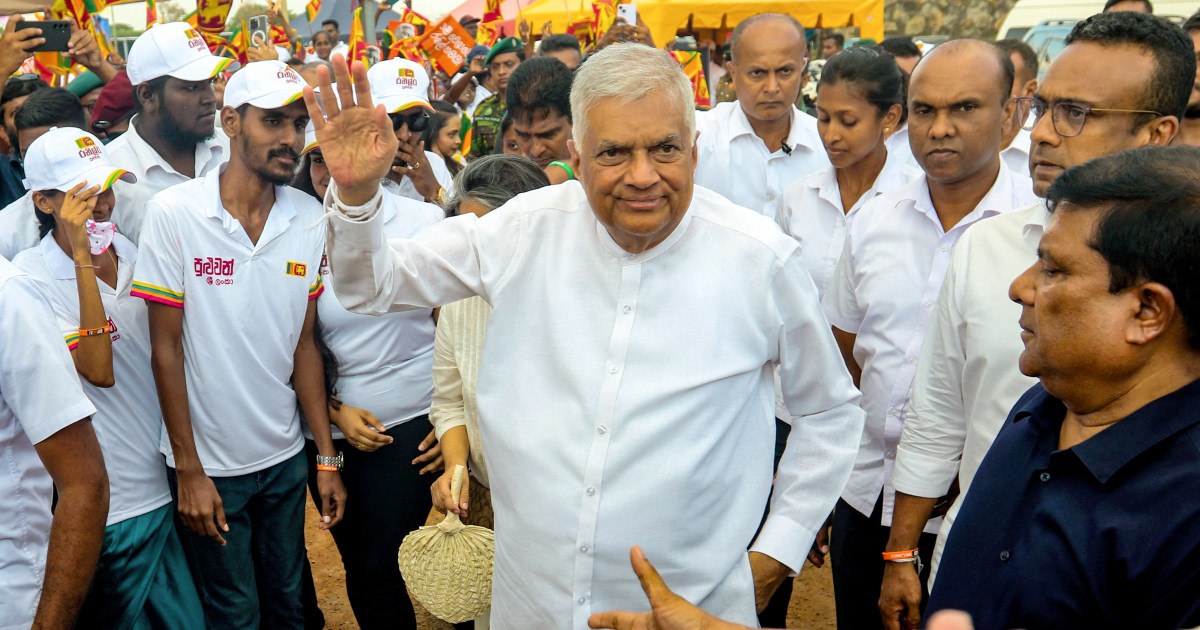An estimated 2.8 million people in the United States get infections each year from antibiotic-resistant bacteria. according to the US Centers for Disease Control. More than 35,000 of them die.
Despite the growing number of victims – and the prospect of a eventual wave in superbug deaths: the development of new antibiotics has failed to keep pace with the threat. A new drug capable of fighting Gram-negative bacteria, a particularly resistant type of insect with internal and external membranes that antibiotics struggle to cross, has not come to market in 50 years.
So when a new substance appears on the scene with a good chance of eventually becoming one of these desperately needed drugs, scientists say it's a big deal.
Researchers from Harvard and the University of Illinois at Chicago have created a new molecule that effectively defeated multiple types of bacteria when tested on animals. The organisms on their blacklist included strains of Staphylococcus aureus, escherichia coli and other pathogens that have become resistant to most of the antibiotics currently available.
The new molecule, called cresomycin, was described Thursday in the journal Science.
Cresomycin is not yet a drug nor is it close to being ready for human clinical trials. But it represents a promising enough step toward new treatments that a nonprofit dedicated to fighting superbugs gave its Harvard creator $1.2 million this week to develop cresomycin and similar substances into new oral antibiotics.
“I have never felt more optimistic or excited about a project,” he said. Andrew Myersthe Harvard University chemist whose lab developed the molecule.
Cresomycin belongs to a class of antibiotics known as improved lincosamides. It works by targeting a bacteria's ribosome, the small protein factory found in every living cell.
“Ribosomes can be seen as a 3D molecular printer,” said Yury Polikanov, a structural biologist at the University of Illinois at Chicago and co-author of the paper.
Just as those machines take plastic molecules and use them to build objects of any shape, ribosomes take genetic information from RNA and use it to make proteins.
Since proteins are essential for virtually all cellular activity, ribosomes are vital for bacteria. That's why many antibiotics are designed to attack them.
But bacteria are always evolving and adopting new adaptations that help them thwart our attempts to kill them. In some cases, bacteria do this by inserting a small amount of a chemical known as a methyl group into their ribosome. When an antibiotic tries to bind to the ribosome, it is repelled by that methyl group.
The methyl group acts like a small thumbtack placed in the spot the antibiotic hoped to occupy, Polikanov said.
“It's not very comfortable to sit when you're stuck with a needle,” he said.
But unlike previous antibiotics, cresomycin binds so tightly to the ribosome that it essentially negates the effect of the methyl group.
Returning to the thumbtack analogy, Polikanov said that the molecule sits on the seat of the ribosome with such force that it pushes the thumbtack into the chair. The ribosome's best defense is neutralized, allowing cresomycin to continue its job of killing bacteria.
In test tubes, cresomycin proved to be much more effective than currently available antibiotics at inhibiting the growth of several types of bacteria. Among them was a nasty virus called carbapenem-resistant. Acinetobacter baumannii which tends to appear in hospitals, E.coli and Neisseria gonorrhoeaethe bacteria that causes gonorrhea.
The researchers then took 20 mice and deliberately infected them with methicillin-resistant bacteria. S. aureus, better known as MRSA. Half of the mice received four injections of cresomycin over the course of a day and the other half received injections without the active ingredient.
All but one of the untreated mice died two days later. In contrast, all 10 mice that received cresomycin were still alive seven days after treatment.
In the Science article, the authors were quick to point out that cresomycin is not yet ready for human clinical trials.
The Harvard lab made more than 60 molecules in its search for one as effective as cresomycin, and that represents only a small fraction of the “exponentially larger numbers” of possible variations they could make, Myers said. As researchers continue their work, they may find an even better candidate for drug development.
However, even at this stage, cresomycin represents an interesting possibility, according to experts who were not involved in the work.
“Probably one in every 1,000 projects gets to the level that he has,” said Richard Alm, scientific director of the Biopharmaceutical Accelerator to Combat Antibiotic-Resistant Bacteria, or CARB-X, which awarded Myers the $1.2 million grant. of dollars. Of the potential drugs that reach the stage of development that cresomycin has reached, Alm estimated that one in 30 or 40 ultimately has enough positive data to gain approval from the U.S. Food and Drug Administration.
CARB-X is a global nonprofit organization dedicated to accelerating the development of new antibiotics. So far it has awarded nearly 100 grants to companies or academic institutions working to treat, prevent or diagnose antibiotic-resistant infections. Based at Boston University, the accelerator is founded by the governments of the US, UK, Canada and Germany, as well as the Bill & Melinda Gates Foundation and the Novo Nordisk Foundation.
Antibiotic development has stalled in part because they are not as potentially lucrative as other drugs, Alm said. They should not be taken long-term as medications for chronic diseases such as diabetes or high blood pressure. And doctors want to use the most powerful ones as little as possible, to give bacteria less chance of developing resistance to them.
All of that makes it much harder to recover the costs of producing an effective antibiotic, Alm said. Efforts like CARB-X are an attempt to keep the pipeline from running dry.
“If your house is burning, you don't have time to buy a fire truck, hire firefighters and train them to come put out the fire. You need them ready to go,” Alm said. “The same goes for antibiotics. “If you go to the hospital and get a superbug, you need an antibiotic that is available on the shelves.”












